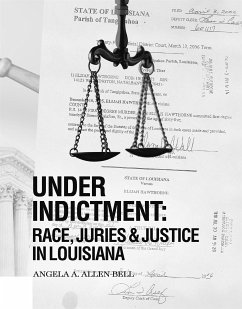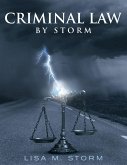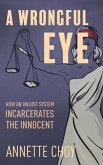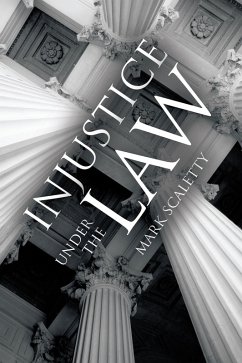Four years ago, I set out to write a book that memorialized the change from non-unanimous juries back to jury unanimity in Louisiana. The ending was going to celebrate the death of Jim Crow juries. Before the ink could dry on that project, there were signs of Jim Crow lurking still. This time, it was not non-unanimous juries. It was the jury of twelve that we sought, but it was not the jury box that we imagined. Now, the twelve jurors, more often than not, were all white. People of color still−even after the death of non-unanimous juries−were not experiencing the unique power that the jury box could grant them. Accused people still weren't experiencing the full protections of the Sixth Amendment. To do justice to the topic of Jim Crow juries or jury suppression, the discussion must long predate non-unanimous juries. In fact, it can't begin with juries at all. By necessity, the beginning has to be at the beginning−at the point law and race were joined to create diminished procedural safeguards for those of color, as well as different rights and different restrictions. To be credible, conversations about race and juries must always be anchored to this history. This book does that work and, in doing so, establishes the jury as a specific site of systemic racism both for the accused person of color and for the juror or prospective juror of color. After, it assesses the impact of years of systemic inequities within the legal system. The book illuminates a legal system that operates much like an assembly line. It moves fast, is solely interested in profits and production , is automated and impersonal. Specifically, this book seeks to: (1) aid the reader in viewing Louisiana's unanimous jury campaign in its racial and historical context; (2) examine the historical connection between Black juror suppression and how it is bound up in the creation and perpetuation of race and supremacy; (3) situate the jury at the center of a carceral state polluted with bias, supremacy and racism, as well as an urge to respond punitively to the most basic of human transgressions; (4) help readers achieve a holistic and comprehensive view of Louisiana's legal system and the competing factors and interests that have shaped it and led to it becoming harmful to most who come in contact with it; and, (5) to awaken a desire for transformation.
Dieser Download kann aus rechtlichen Gründen nur mit Rechnungsadresse in A, B, BG, CY, CZ, D, DK, EW, E, FIN, F, GR, HR, H, IRL, I, LT, L, LR, M, NL, PL, P, R, S, SLO, SK ausgeliefert werden.









